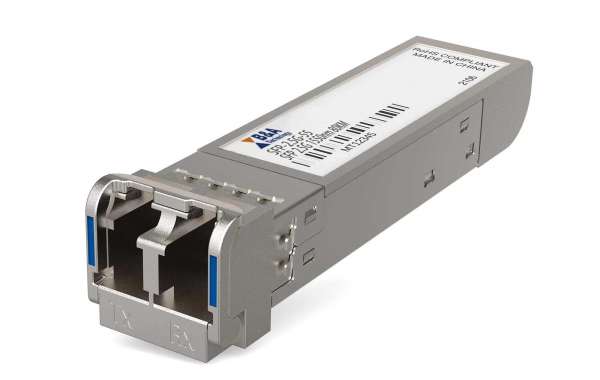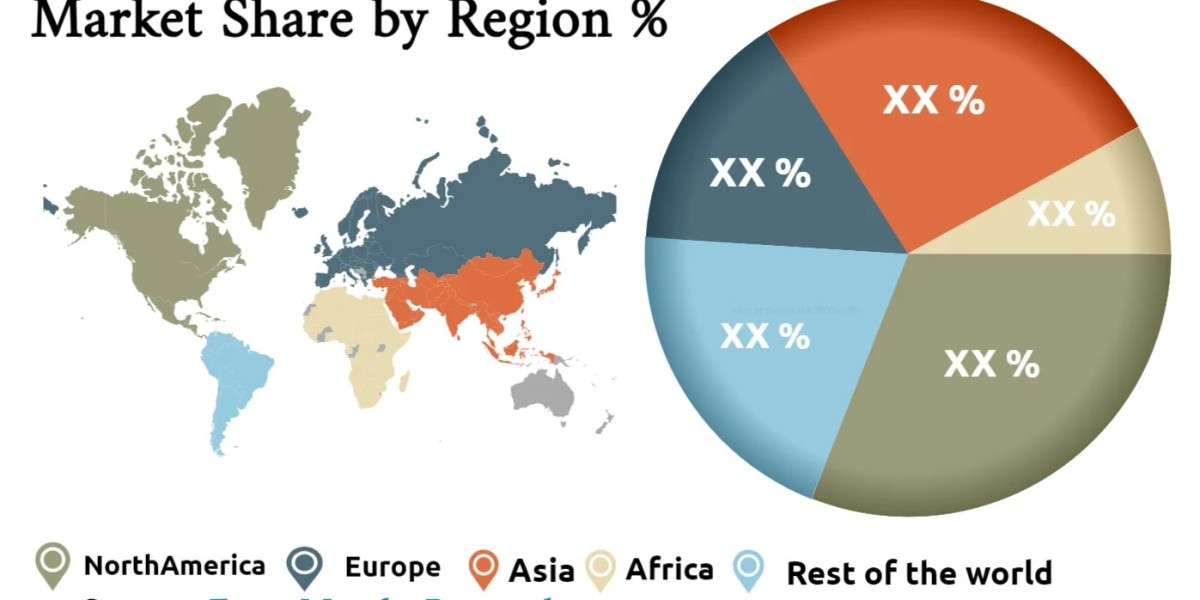In recent years, optical transceivers have had a huge impact on the realization of high-definition and centralized solutions in the security field. IPC has been developing slowly since 2005. Compared with analog cameras, IPC has the characteristics of digitalization and high-definition. It should be said that this is the trend of camera development, and it is also in line with the general trend of digitalization, high-definition, and centralized modularization in the entire security industry. But until 2010, many security companies were still working on the research and development of SDI cameras, because although IPC can solve the problem of high-definition, it cannot solve the problem of transmission distance and bandwidth.
Before the large-scale application of optical fiber, all security companies have been struggling with how to solve the two problems of long-distance transmission and large-capacity transmission. As an optical fiber communication device for extending data transmission, the optical transceiver uses the characteristics of optical transmission to achieve the purpose of long-distance transmission through signal modulation, photoelectric conversion and other technologies, effectively solving the above problems, so it is very popular.
With the development of high-definition surveillance, the demand for optical transceivers in the security industry is bright. For optical transceiver manufacturers, it is imperative to adapt to market demand and adjust their development strategies in a timely manner. In order to remain invincible in the security market, optical transceiver manufacturers must overcome some technical difficulties.
Technical difficulties that must be overcome by single-fiber multi-channel high-definition video multi-service optical transceivers
1. The clock system is complex and difficult. For example, the input high-definition video stream is locked and the clock is recovered. There are various high-definition formats, and users do not know the actual format of the video. Therefore, it is necessary to adapt to the video input. In this way, for the reference clock system, the locking state machine becomes very complicated. Of course, there are other clock synchronization, locking, debounce and other processing.
2. Under the conditions of existing devices and costs, it is very difficult to transmit multiple channels of high-definition video. The bandwidth of one channel of HDSDI has reached 1.485G, which is the main reason why there is only one channel of high-definition video optical transceivers in the market. In order to disassemble, embed, and assemble the video in the 1.485G bit stream without affecting the video quality, it is necessary to have a very deep understanding of the high-definition video standard system.
3. Generally, high-definition video transmission adopts the YCBCR422 format, which requires 20BIT transmission, so at least 10BITSERDERS channels must be used to ensure that there are no missing or lost bits during the optical fiber transmission process (that is, no moisture is mixed during the transmission process, such as 8bit), so that Guarantee the coding accuracy and original taste of high-definition video.
In order to ensure that the video encoding is not missing or lost in the process of optical fiber transmission, it is necessary to have a relatively deep understanding of optical fiber transmission technology (for example, scrambling and descrambling, ALIGN byte alignment, etc., high efficiency and no bit error).
4. Also because each channel of high-definition video is asynchronous, the clock frequency and phase are not consistent, it is impossible to directly multiplex multiple channels of high-definition video streams, and the frame synchronization of multiple channels of asynchronous high-definition video must be realized.
Due to the high rate and large storage capacity, it is impossible to use time-domain adjustment methods similar to FIFO and RAM, and because the high-definition video stream is fully real-time, and the stream contains various clocks, synchronization and other information, each byte can neither be added nor It cannot be deducted, so the code rate adjustment scheme cannot be adopted. This is also the main reason why there is no multi-channel high-definition video optical transceiver in urgent need of the market.
5. In order to reduce the transmission capacity and ensure the original taste of high-definition video, only valid video data is transmitted.
Due to the transmission process, various embedded synchronization signals, clock signals, auxiliary data: such as TRS, DE, HS, VS, XYZ, VIP, etc. have disappeared. At the receiving end, various synchronous signals must be regenerated and assembled to generate a video code stream of the same format as the input. The high-definition video formats include standard, non-standard, 861-compatible, progressive, interlaced, frequency 50, 60HZ, etc. The format generation state machine will become very complicated and the workload will be heavy.
6. Due to the complicated business, it is necessary to deal with the frame structure, data rate and clock of various interfaces. It can directly output various high-definition video systems according to business requirements (such as SDI, HDSDI, HDMI and audio embedding, de-embedding, etc.), avoiding the addition of various expensive converters. In addition, interfaces such as network, data, telephone, and audio can also be provided.
For optical transceiver users, it is also necessary to understand some entry maintenance and basic problem solving methods.
Optical Transceiver Supplier and Manufacturer – Baphoton
Shanghai Baian Technology, a supplier of optical transceivers and a manufacturer of optical transceivers, was established in 2004 and is a high-tech enterprise specializing in optical fiber communication technology. The company has long been focusing on the innovation and engineering of optical amplification technology, optical transmission technology, and optical detection technology. The products are used in optical fiber backbone communication, optical fiber access, optical fiber sensing, cable TV, industry, scientific research, medical treatment and related fields. Products include optical amplifiers, optical communication subsystems, light sources and optoelectronic solutions. Currently, more than 500,000 devices are distributed in all corners of the world.
We hope to cooperate with you, if you are looking for a good optical transceiver, we believe we are your good choice, welcome to contact us.













